Domain Eukaryota Rank Class | Superphylum Heterokonta Scientific name Chrysophyceae Higher classification Heterokont | |
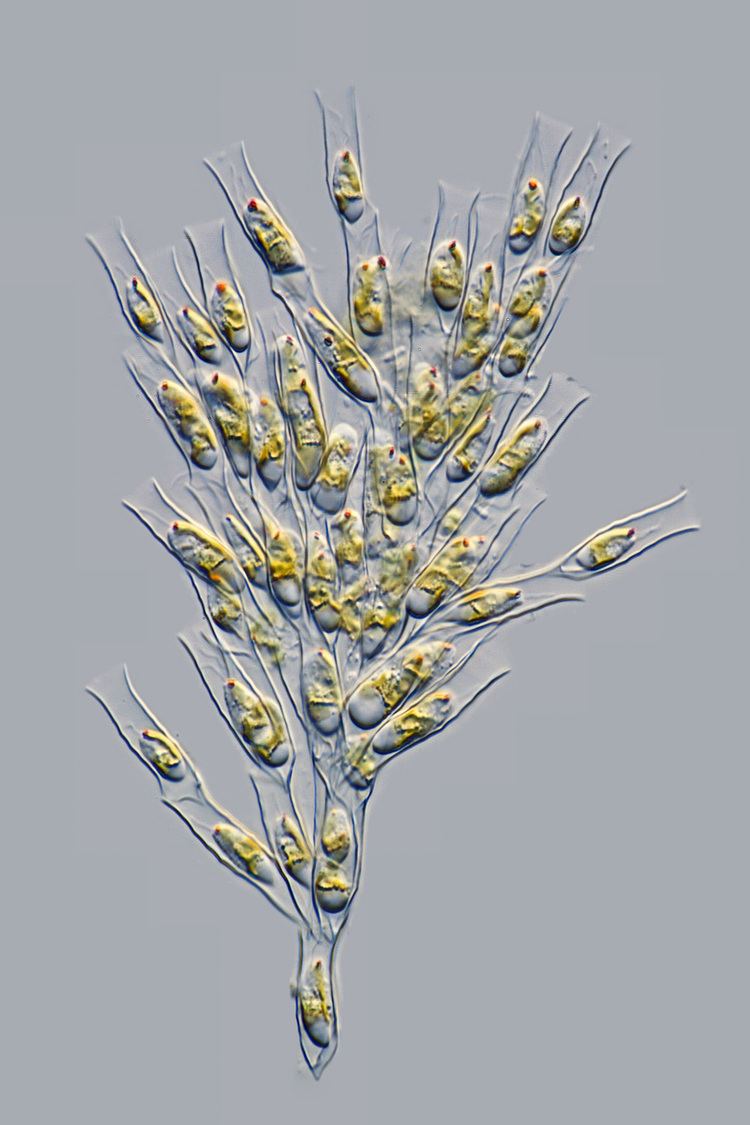 | ||
Lower classifications Chrysosphaerales, Ochromonadales | ||
Two golden algae eaters and fish jumps out of tank
The Chrysophyceae, usually called chrysophytes, chrysomonads, golden-brown algae or golden algae are a large group of algae, found mostly in freshwater. Golden algae is also commonly used to refer to a single species, Prymnesium parvum, which causes fish kills.
Contents
- Two golden algae eaters and fish jumps out of tank
- 12 14 lmva golden algae presentation
- Members
- Description
- Pascher 1914
- Smith 1938
- Bourrely 1957
- Starmach 1985
- Kristiansen 1986
- Margulis et al 1990
- van den Hoek et al 1995
- Preisig 1995
- Guiry and Guiry 2014
- Evolution
- References
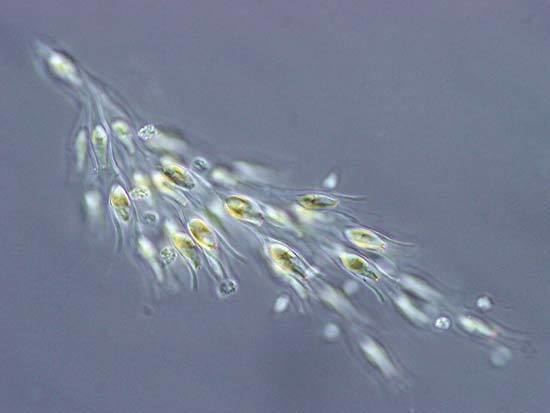
The Chrysophyceae should not be confused with the Chrysophyta, which is a more ambiguous taxon. Although "chrysophytes" is the anglicization of "Chrysophyta", it generally refers to the Chrysophyceae.
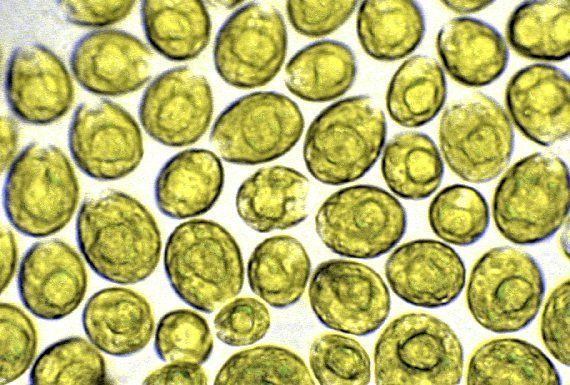
12 14 lmva golden algae presentation
Members
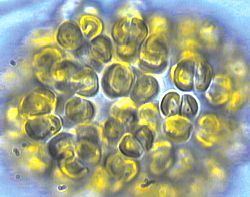
Originally they were taken to include all such forms of the diatoms and multicellular brown algae, but since then they have been divided into several different groups (e.g., Haptophyceae, Synurophyceae) based on pigmentation and cell structure. Some heterotrophic flagellates as the bicosoecids and choanoflagellates were sometimes seen as related to golden algae too.
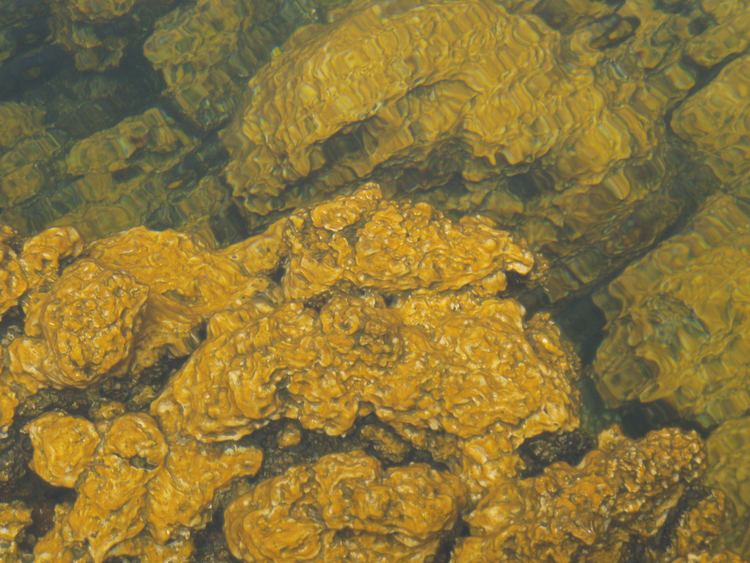
They are now usually restricted to a core group of closely related forms, distinguished primarily by the structure of the flagella in motile cells, also treated as an order Chromulinales. It is possible membership will be revised further as more species are studied in detail.
Description
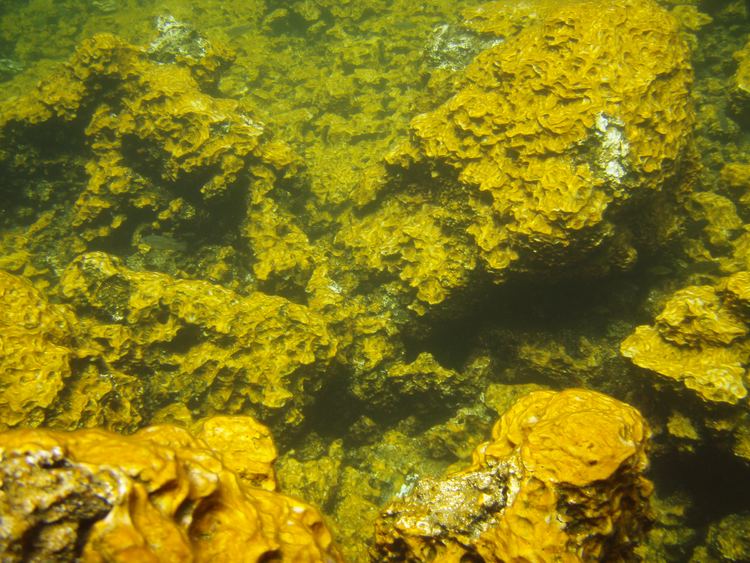
The "primary" cell of chrysophytes contains two specialized flagella. The active, "feathered" (with mastigonemes) flagellum is oriented toward the moving direction. The smooth passive flagellum, oriented toward the opposite direction, may be present only in rudimentary form in some species.
An important characteristic used to identify members of the class Chrysophyceae is the presence of a siliceous cyst that is formed endogenously. Called statospore, stomatocyst or statocyst, this structure is usually globose and contains a single pore. The surface of mature cysts may be ornamented with different structural elements and are useful to distinguish species.
Pascher (1914)
Classification of the class Chrysophyceae according to Pascher (1914):
Smith (1938)
According to Smith (1938):
Bourrely (1957)
According to Bourrely (1957):
Starmach (1985)
According to Starmach (1985):
Kristiansen (1986)
Classification of the class Chrysophyceae and splinter groups according to Kristiansen (1986):
Margulis et al. (1990)
Classification of the phylum Chrysophyta according to Margulis et al. (1990):
van den Hoek et al. (1995)
According to van den Hoek, Mann and Jahns (1995):
Preisig (1995)
Classification of the class Chrysophyceae and splinter groups according to Preisig (1995):
Guiry and Guiry (2014)
According to Guiry and Guiry (2014):
Evolution
Chrysophytes contain the pigment fucoxanthin. Because of this, they were once considered to be a specialized form of cyanobacteria. Because many of these organisms had a silica capsule, they have a relatively complete fossil record, allowing modern biologists to confirm that they are, in fact, not derived from cyanobacteria, but rather an ancestor that did not possess the capability to photosynthesize. Many of the chrysophyta precursor fossils entirely lacked any type of photosynthesis-capable pigment. Most biologists believe that the chrysophytes obtained their ability to photosynthesize from an endosymbiotic relationship with fucoxanthin-containing cyanobacteria.
